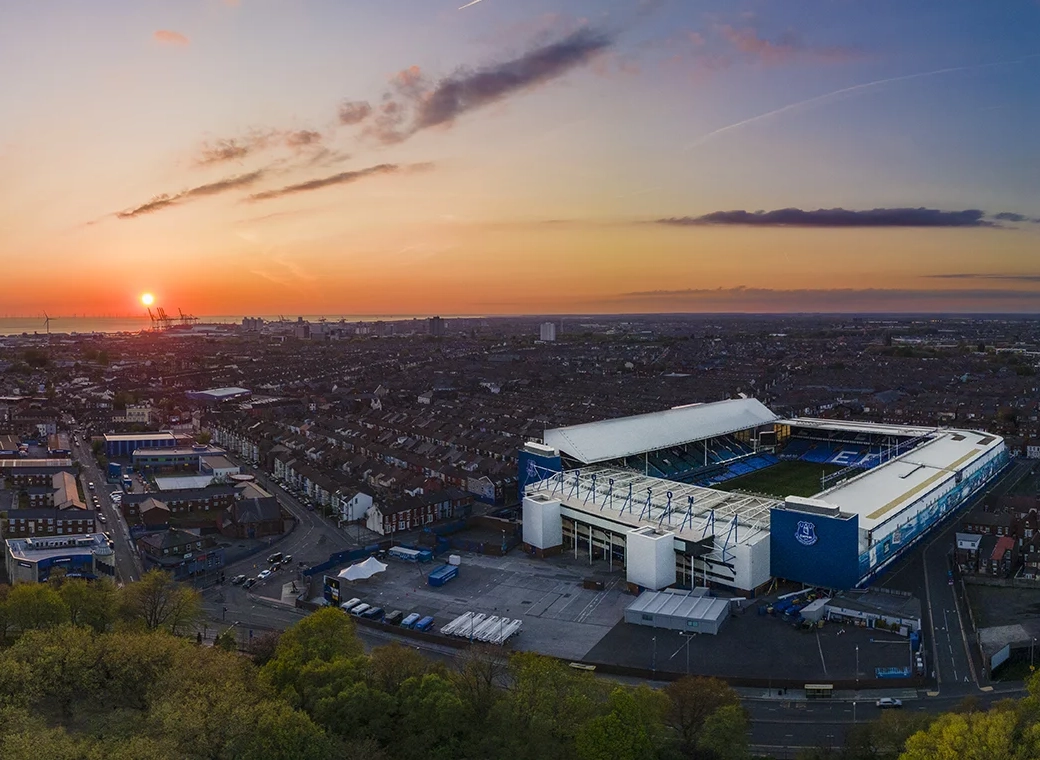Basil Fawlty
Player Valuation: £35m
Was watching a documentary on Sky about this last night, looks amazing and if it works it looks like the future, even more so than garlic bread. No more commuting to work, all the convenience of modern life without all the headaches. Some amazing engineers out there. Was actually conceived by an englishman over 50 years ago


Sky City 1000 is a possible future urban supertall skyscraper project aimed at helping put an end to major congestion and lack of greenspace in the Tokyo, Japan metropolitan area.
The plan consists of a building 1,000 metres (3,281 ft) tall and 400 m (1,312 ft) wide at the base, and a total floor area of 8 km2 (3.1 sq mi).[2] The design, proposed in 1989 by Takenaka Corporation, would house between 35,000[3][2] and 36,000[4] full-time residents, as well as 100,000 workers. It comprises 14 concave dish-shaped "Space Plateaus" stacked one upon the other. The interior of the plateaus would contain greenspace, and on the edges, on the sides of the building, would be the apartments. Also included in the building would be offices, commercial facilities, schools, theatres, and other modern amenities.[2]
Since its announcement, it has garnered a lot of attention from the world's architectural establishment, and was featured on CNN's This Week in Japan in 1989, and on Discovery Channel's Extreme Engineering in 2003.
Land prices in Japan are the highest in the world, and Kisho Kurokawa, one of Japan's most famous architects, has said that even staggeringly ambitious buildings employing highly sophisticated engineering are still cheap, because companies pay 90 per cent of their money for the land and only 10 per cent for the building.[5] Tokyo's only fire helicopter has even been used in simulation tests to see what the danger would be if a fire were to break out in the building.[2] Triple-decker high speed elevators which would be used in the building are also being designed in labs outside Tokyo.[2]
Although this project has gained more serious attention than many of its alternatives, it can be considered similar to projects such as X-Seed 4000 and to ultra-high density, mixed use concepts such as Paolo Soleri's Arcology and Le Corbusier's Radiant City.


Last edited:











